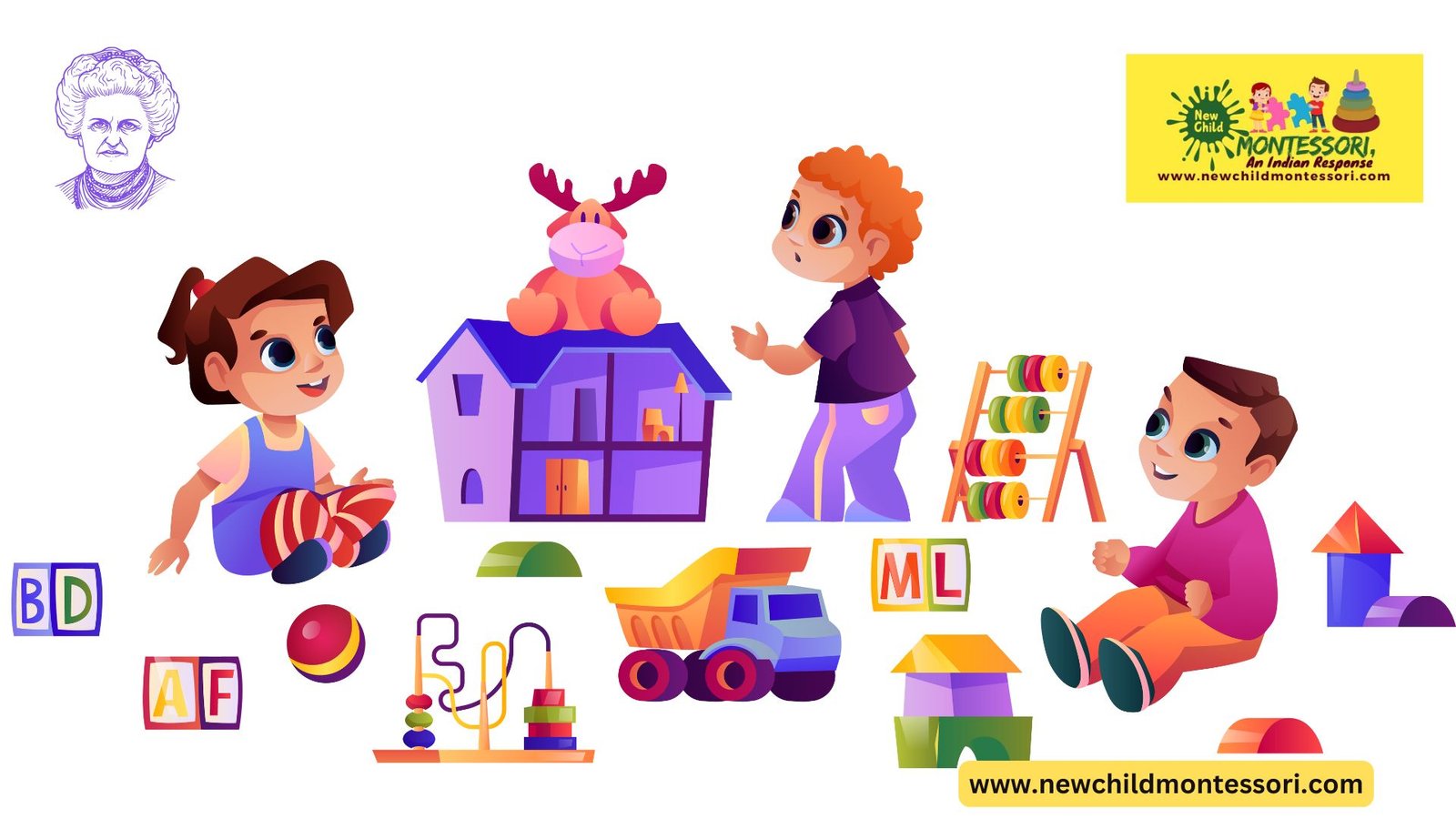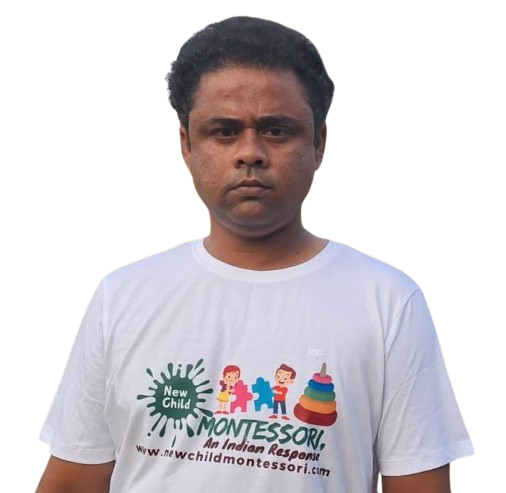Long story short Montessori homeschooling does not follow rigid schedules of traditional methods of teaching. Her unique approach to education has been a subject of discussion for more than a century. Her way of education not only excels in developing children’s capabilities to understand their surroundings but also shapes their personality at an early age.
However, her teaching method is polar different from the traditional methods of teaching. Her teachings involve hands-on learning, learning through teaching-learning materials and practical approach to education. To be more specific, the area of focus in the Montessori Curriculum lies in – practical life, sensorial, mathematics, language learning and culture. As a result, Montessori Curriculum makes learning a fun, joyful and exciting experience within a loving and organized environment.
Montessori Curriculum At Home:
The approach to Maria Montessori’s method of teaching is called ‘ Help To Life’. Following this method students are taught throughout the world in more than 150k schools. However, there are numerous reasons because of which not all children can attend a Montessori school.
In the truest sense of the term, you do not need to be a trained Montessori teacher or a highly skilled individual to help your children build a positive self-image, skills and strong brain architecture which will enable them to achieve success in future. What is more, you only need to understand and apply the principles of Dr.Maria Montessori. Therefore, your children can enjoy numerous benefits of a Montessori school right at home.
As the father of a 7 year old boy and a 5 year old girl and a Montessori teacher I have the privilege to create Montessori prepared environments and help my children use them. You too can copy and apply my method of Montessori homeschooling for your children.
First of all, I have prepared the Montessori curriculum for homeschooling in keeping with the key areas of Montessori principles- practical life, sensorial, mathematics, language learning and culture.
From birth to three years of an infant’s life is crucial because it is a period of rapid transformation. In addition, in this age the physical development of infants is remarkable and hence it requires the attention and care of both the family and the community. Above all, I do not implement early learning according to rigid schedules because I know that the Montessori Curriculum is all about following the child . Therefore, I always remain patient, positive and encourage my children’s efforts.

Here’s what I do .A step by step guide:
Movement: A child acts on the world and makes new discoveries through movements. In Maria Montessori’s own words,” young children are constantly moving and taking possession of the world with their hands” . Furthermore, she added that in early childhood, ” movement is intimately tied to development ” .
Therefore, I only observed my children’s movements to see whether there were peculiarities or everything was going on smoothly. Finally, if your children learn how to purposefully control and coordinate movements,it will help them directly develop their brain.
Independence: One of the basic principles of Montessori education is to foster independence in young children at home. Children have a natural propensity to do things for themselves independently. According to her,” children have an inner sense of urgency to become independent, functional people”. This why, I allow my children to learn using their bodies , minds and practical life tasks by themselves. Moreover, in a Montessori prepared home environment they are free to do learn according to their free will.
Absorbent Mind: I let my children absorb the environment into themselves because unlike adults who acquire information in a logical and linear fashion, their brains function differently.
In letting the children absorbing the environment into themselves, they become a fully participating part of it.
Concrete Experience: In order to learn or understand the concept of roundness and visualize a circle mentally, a child must come in contact with three dimensional objects. Hence, I gave my children numerous circular objects to touch and feel with their hands. Thus, at home children learn how to materialize the concept of the concrete to the abstract.
Play As Work : A child’s brain gets stimulated in various ways as he gets involved in playing. Quite naturally, I let my children play freely at home.
Sensitive Period: Dr.Maria Montessori coined the term ‘ sensitive period’ to specify naturally occuring times in a child’s development. When a child seeks to learn about a specific aspect of the surroundings and desperately trying to do so, it is called ‘sensitive period’ .
According to her a child’s sensitive periods include – order, language , numbers, small objects , motor skills, spatial relationships , writing etc. From birth to around six years of age one can consider it as a child’s sensitive periods.
Sensory Experience: In a Montessori school, the practical life and sensorial materials are available for 2-6 year old children. These materials help children increase their attention, develop their ability for abstract thoughts, control and coordinate their movements, educate their senses and build their self-confidence. For example, sensorial materials like the ‘ Pink Tower’ enables children to make comparisons and decisions based on sensory information.
Montessori classroom materials are expensive and therefore I have made several Montessori materials at and also bought some affordable Montessori materials.
Here l list some of these materials:
- Knobbed Cylinders
- The Red Rods
- The Pink Tower
- The Blue Constructive Triangles
- The Brown Stair
- Mystery Bag With Geometric Shapes
- Geometric Solids
- Binomial Cube
- Sand Paper Letters
- Trinomial Cube
- Teen Bead Bar Box and
Many more.
The Prepared Environment: In this way I have prepared the Montessori environment at home and teaching my children following the principles of Dr.Maria Montessori.

Sumanta De is an educator. He has been teaching students for more than 16 years following the principles of Dr.Maria Montessori. He has a 7-year-old son and a 5-year-old daughter.
He is nurturing his children abiding by the principles of Dr.Maria Montessori. His passion for Montessori methods goes beyond the classroom.
Hence, he shares his experiences and insights through a dedicated Montessori blog and a YouTube channel under the name “NewChild Montessori”. He aims to offer valuable guidance to both parents and educators.
Education: M.A. English, Masters in Child Psychology & Bachelor’s Degree in Montessori Teachers Training